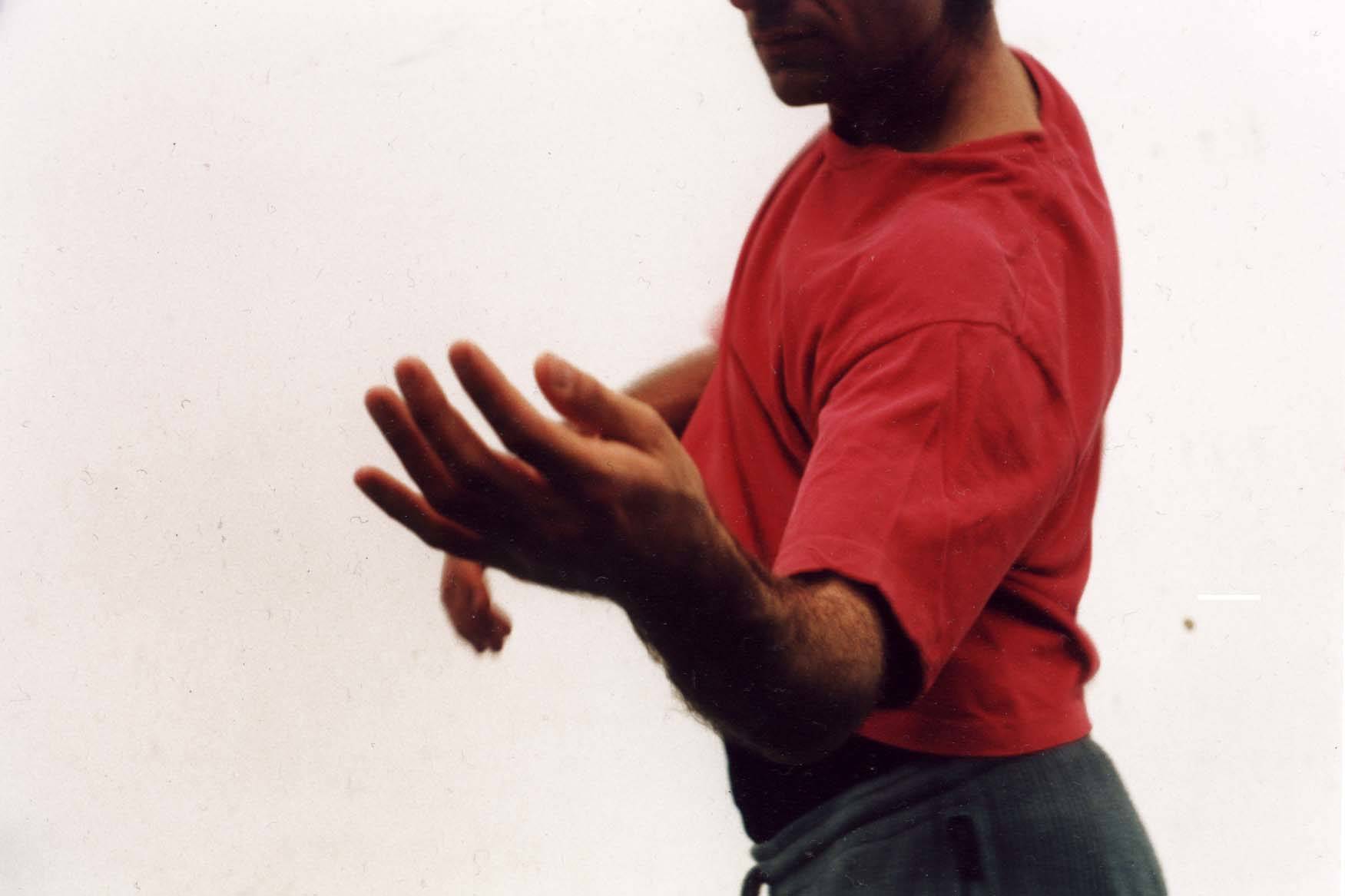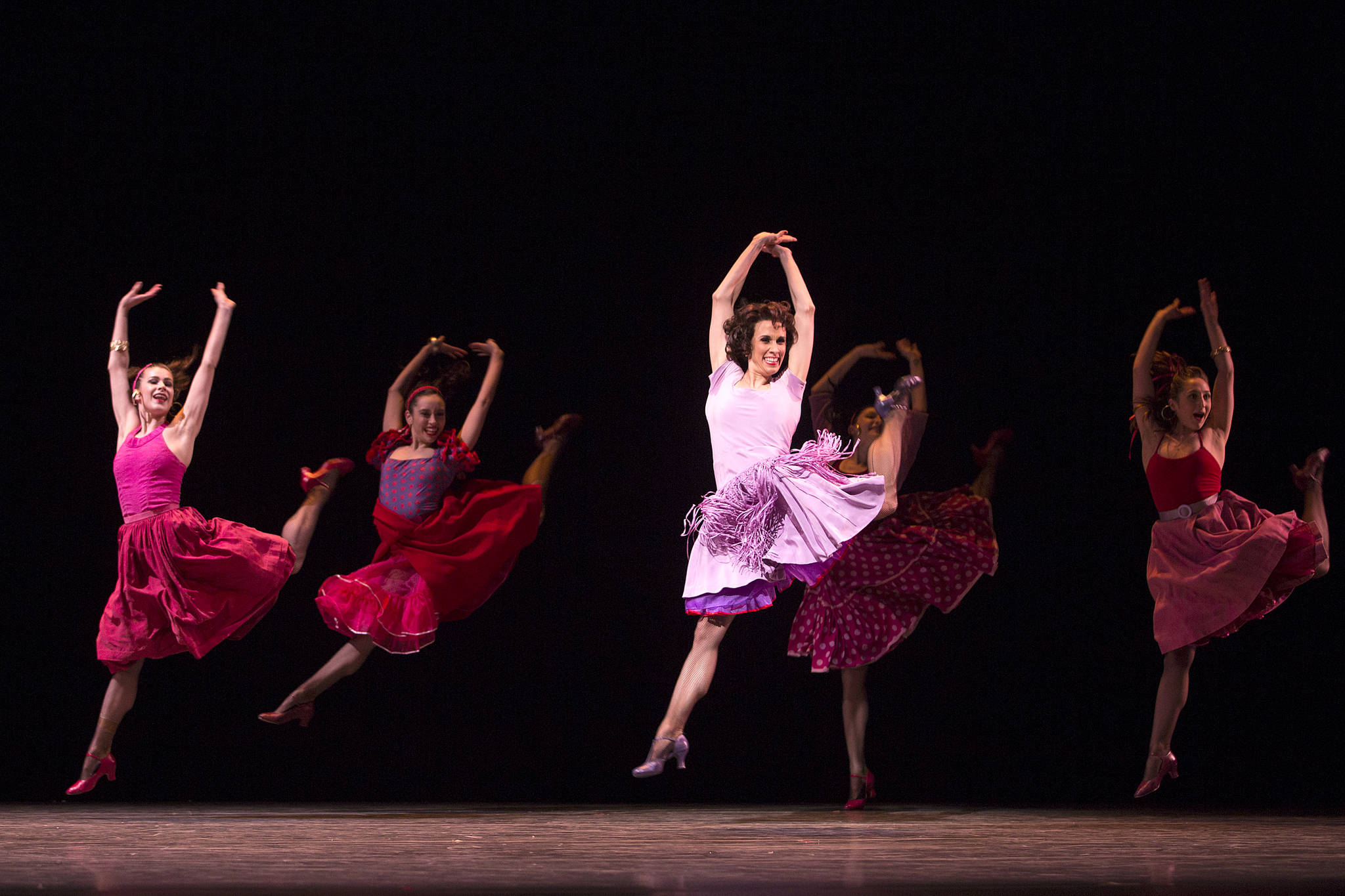Watching Poetry and Apocalypse, the 1993 work by Holy Body Tattoo, you realize how hard it is just to stand up. When partners Dana Gingras and Noam Gagnon performed the work at On the Boards’ Northwest New Works Festival in ’94, they writhed and spun on the floor over and over again, making it to an upright position only to collapse and plummet to the ground once more. Word has it, though, when they return to OTB this week in their new work, Circa, they’ve finally figured out how to remain on their feet.
Holy Body Tattoo
On the Boards March 15-18
Not that they couldn’t have stayed on the floor and still kept our attention. Gingras and Gagnon have managed to do what many choreographers have not—assemble a movement vocabulary for floorwork that is as specific and varied as most people are on their feet. Both detailed and driving, their material is reminiscent of Martha Graham’s seated choreography, but performed with a fierce attack that matches the techno music they’re known to incorporate with their movements.
Poetry and the subsequent Our Brief Eternity established the company on the international touring circuit, but ironically this group’s popularity, combined with the taxing nature of their work, inspired them to look for other movement sources when creating Circa. As Gagnon has commented, “We decided that if we are going to live with a piece for two or three years, we had better make a work that we look forward to escaping into.”
The jumping-off point for Circa is the tango, considered by many to be the ultimate partner dance. With its intricate footwork and subtle rhythms, the tango can be a physicalization of sexual pursuit and capitulation—given Gingras and Gagnon’s intense reputation, the tango seems like an inevitable choice. Although the duo has studied the actual form, their intention is not to replicate the original dance, but instead to use it as a doorway to other places—in this case, a 1930s film noir world. In Circa the tango is a relationship rather than a series of steps.
In an accidental piece of serendipity, Pacific Northwest Ballet is opening their production of Hans van Manen’s 1977 Five Tangos the same week as Holy Body Tattoo’s performances. Van Manen’s work extends the complexity of tango footwork through ballet technique, creating a different kind of virtuosity and an interesting contrast to HBT’s more atmospheric interpretation.
Describing the work as existing somewhere between the ballroom and the brothel, Gagnon and Gingras seem to link their previous work to this new endeavor through a sense of risk, both physical and spiritual. They continue to hurl themselves through space, but they also suspend that velocity for moments of tenderness and sensuality.
This atmosphere is reinforced by their collaborators: Filmmaker William Morrison contributes a series of Parisian vignettes that uses the city as a metaphor. The musical score includes tango-influenced covers of “Send in the Clowns” and “I Could Have Danced All Night” performed by Martin Jacques, as well as new material by Warren Ellis, Steven Severin, and the Tiger Lillies.
Vancouver critic Michael Scott has described the work as “dead sexy,” and it is the powerful nature of the relationship between the two performers that seems to have bowled over their audiences since the work’s premiere a year ago. With Circa, Holy Body Tattoo has managed to rise to its feet, and after the performance here, it’s likely that the audience will too.








